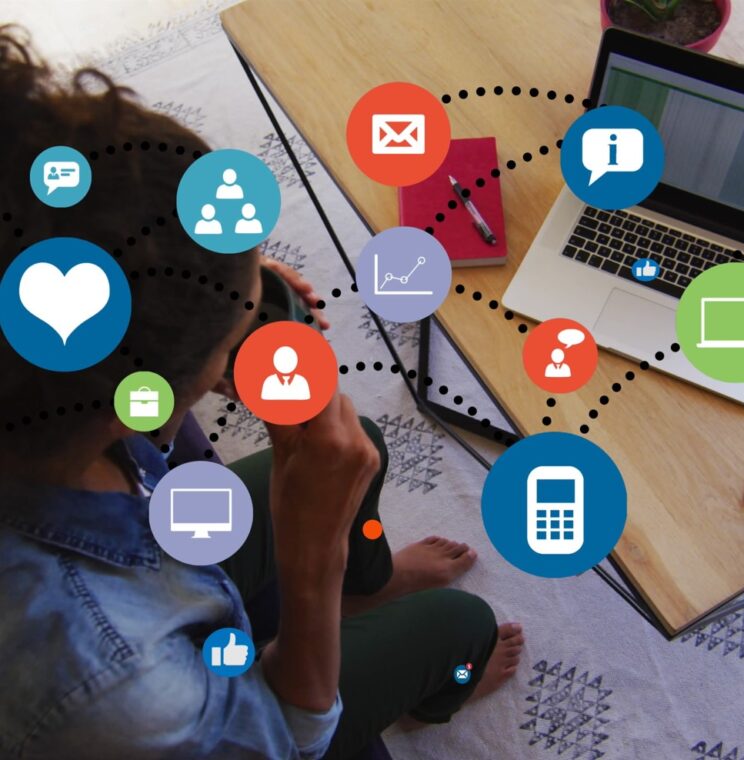The role of medical technology and devices in patient-centred care
The role of medical technology and devices in patient-centred care
New medical technologies and devices in combination with digital communication may spur radical changes in healthcare practice and delivery. Still, diffusion of these technologies is slow.
Ecorys conducted a study to identify the causes of low diffusion rates and opportunities for improvement.
In a complex system as health care, diffusion is the result of adoption and implementation decisions made by providers. Ecorys deducted an analytical framework from the Consolidated Framework for Implementation Research (CFIR) to identify barriers for diffusion from a providers’ perspective. The framework included 10 factors, related to professionals in general, the inner setting of provider organisations, the outer setting in which they function and the specific technology.
Ecorys conducted desk study, interviews and three case studies. The analysis showed that there are many barriers for adoption of patient-centered technology. Most importantly, the need to revise existing delivery models, inadequate reimbursement systems and a lack of interoperability of information systems make adoption unattractive for provider organisations. Still, the case studies illustrate that new technologies and devices indeed offer potential for patient-centered care.
Ongoing data provision and immediate communication when needed convince both patients and professionals once they get to use these new technologies. Preliminary data suggest health outcomes improve and costs may go down while professionals handle higher caseloads. However, provider organisations face a costly and lengthy process to implement these new service models. Though technology-induced, they characterize the transition as a social innovation.
Ecorys identified labour shortages as a potentially strong, autonomous driver to accelerate adoption and implementation processes. Ecorys suggested compensation of transition costs and long-term contracts between buyers and providers to make adoption more attractive for healthcare providers and spur implementation of innovative, technology-based and patient-centered service models.

1 February 2019
1 minute read



